| Steinberger Protype |
| Steinberger Prototype |
That same year Steinberg is awarded the coveted Designers Excellence Award from the Industrial Designers Society of America. Time Magazine calls it one of the five most amazing designs of the year. The first Steinberger basses, were built in 1979 in Brooklyn, New York by Ned Steinberger.
A company, Steinberger Sound, was duly set up to manufacture the basses and later the guitars on a larger scale at Newburgh, New York, however demand always outstripped supply and the company was eventually sold to Gibson in 1987.
When we think of a Steinberger what comes to mind is a headless bass and guitar that is shaped somewhat like a cricket bat. The more famous Steinberger design was the L-Series bass guitar. Steinberg came up with a proprietary graphite and carbon fiber mix that comprised the main body and a face plate.
The strings were tuned at the bottom of the bottom, eliminating the need of a head stock. The tuning hardware was unique with its 18:1 gear ratio. This gave a slower, but more precise adjustment to the strings and virtually prevented slippage.
Depending on the tailpiece, calibrated or uncalibrated double- ball end strings were used, the former required to use the transposing feature of the TransTrem vibrato unit.
 |
| Steinberger GL-2T and GL-2TGR |
The TransTrem proportionally adjusted the string tensions to enable accurate tuning and detuning by depressing the lever. This provides somewhat of a capo effect.
 |
| P-Series |
 |
| S-Series |
The M-Series was designed by bass player, Mike Rutherford and British luthier Roger Giffin. These guitars had a double-cutaway wooden body with a bolt-on graphite neck. The headless neck and tuning system was maintained as was the optional TransTrem unit.
The K-Series Bass and Guitar was designed by Steve Klein. This instrument featured and ergonomic body with the headless graphite bolt-on neck. Klein’s forte was ergonomic guitars.
The Q-Series was made in the 1990’s prior to Gibson’s takeover. It was similar to the M-Series, but the body underwent a revision.
Gibson still retains rights over the "Steinberger" name. Ned Steinberger, can not call any further guitar projects he build Steinbergers.
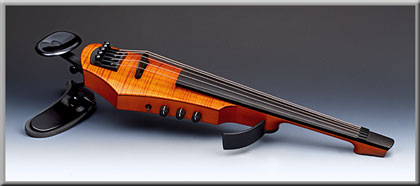 |
| NS Design Violin |
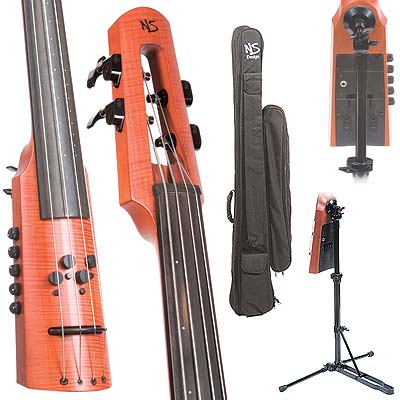 |
| NS Design Bass Cello |
Ironically, due to the complex manufacturing process involved in creating Steinberger guitars and basses and the high prices they commanded, Gibson stopped production and quit selling new Steinbergers in 1990.
This was the same year NS Design started.
Due to ongoing interest in the “broom-like” graphite guitars from around the world Gibson revived production. Only this time, the bass or guitar is not fashioned completely from graphite. It is now part wood and part graphite composite.
The latest versions are manufactured in South Korea and known as the Synapse Line. They include two guitar models and a bass model. And though they look like Steinbergers, the bodies are slightly larger.
One of the models known as the Trans Scale Synapse guitar comes with an interesting feature. Its longer than average neck has a built-in adjustable capo.
By moving the capo closer to the end of the neck, the player can attain notes lower than a standard guitar without having to detune the strings.
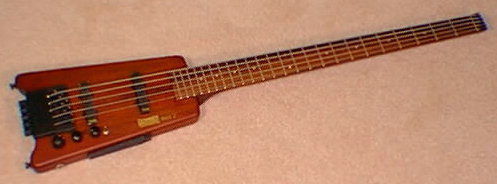 |
| Hohner licensed Steinberger |
There are several companies around the world that have licensed the headless technology from Steinberger. These include Hohner, which produces an all-wooden version of the L-Series. Hohner calls this The Jack Bass. It uses the same patented locking and tuning system that Steinbergers utilize and requires double ball strings.
 |
| Cort Steinberger Bass |
Cort produces headless guitars/basses with different body designs.
Currently two all-wood instruments are sold under the Spirit by Steinberg brand.
The Deluxe model features bridge and neck humbucking pickups with a single coil in the middle.
The Standard features a bridge humbucking pickup with single coils in the neck and middle position.
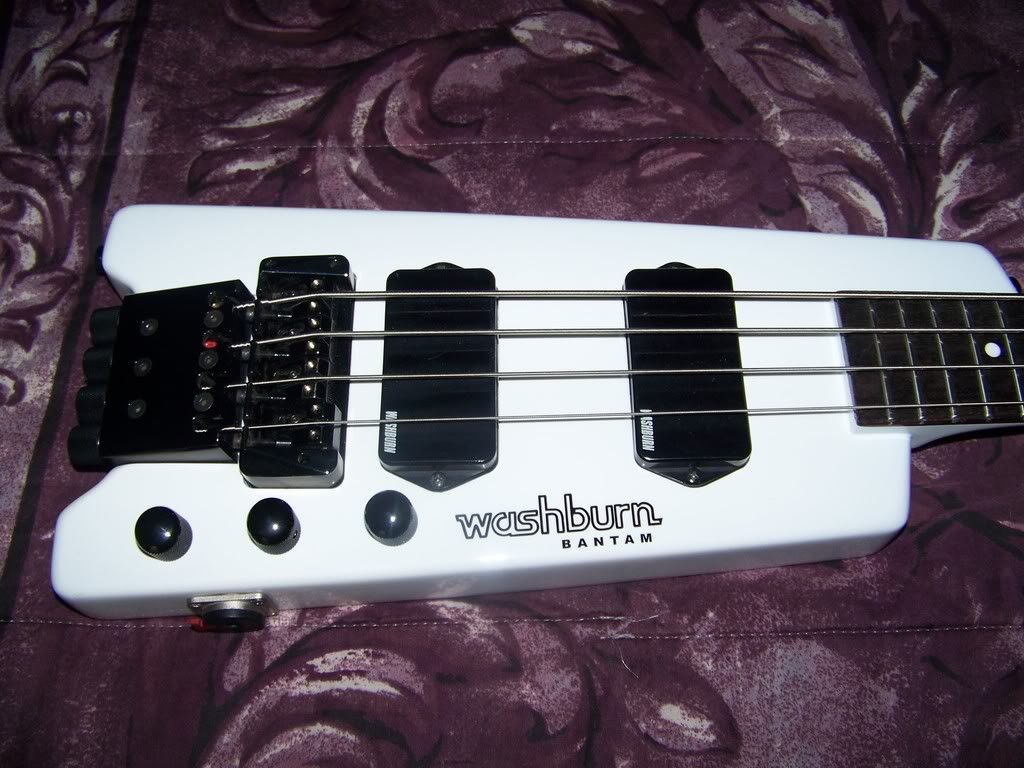 |
| Washburn Bantam |
The Washburn Bantam was an unlicensed 1980s imitation of the Steinberger headless style. The Bantam did not require the double-ball end strings of the Steinberger.
I recently updated an article about Duke Kramer, the man with ties to both Gretsch and Baldwin.
 |
| Kramer Duke Bass |
It turns out Kramer Guitars manufactured a headless Steinberger clone called
the Kramer Duke. Although this looked similar to a Steinberger, the Kramer Duke came with an aluminum/wooden neck and a wooden body. Standard guitar or bass tuners were located at the end of the instruments body.
the Kramer Duke. Although this looked similar to a Steinberger, the Kramer Duke came with an aluminum/wooden neck and a wooden body. Standard guitar or bass tuners were located at the end of the instruments body.
Kramer Guitars were also a Gibson acquisition. The Kramer name and the Spirit by Steinberg showed up on Gibson’s online budget site Yo-Music website which offered guitars and amplifiers at deeply discounted prices.
 |
| These are all Steinberger Basses and Guitars |
\






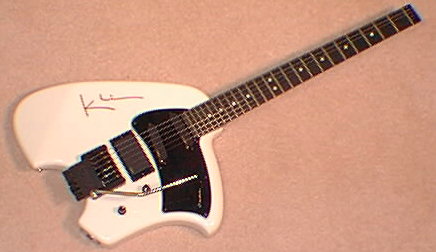




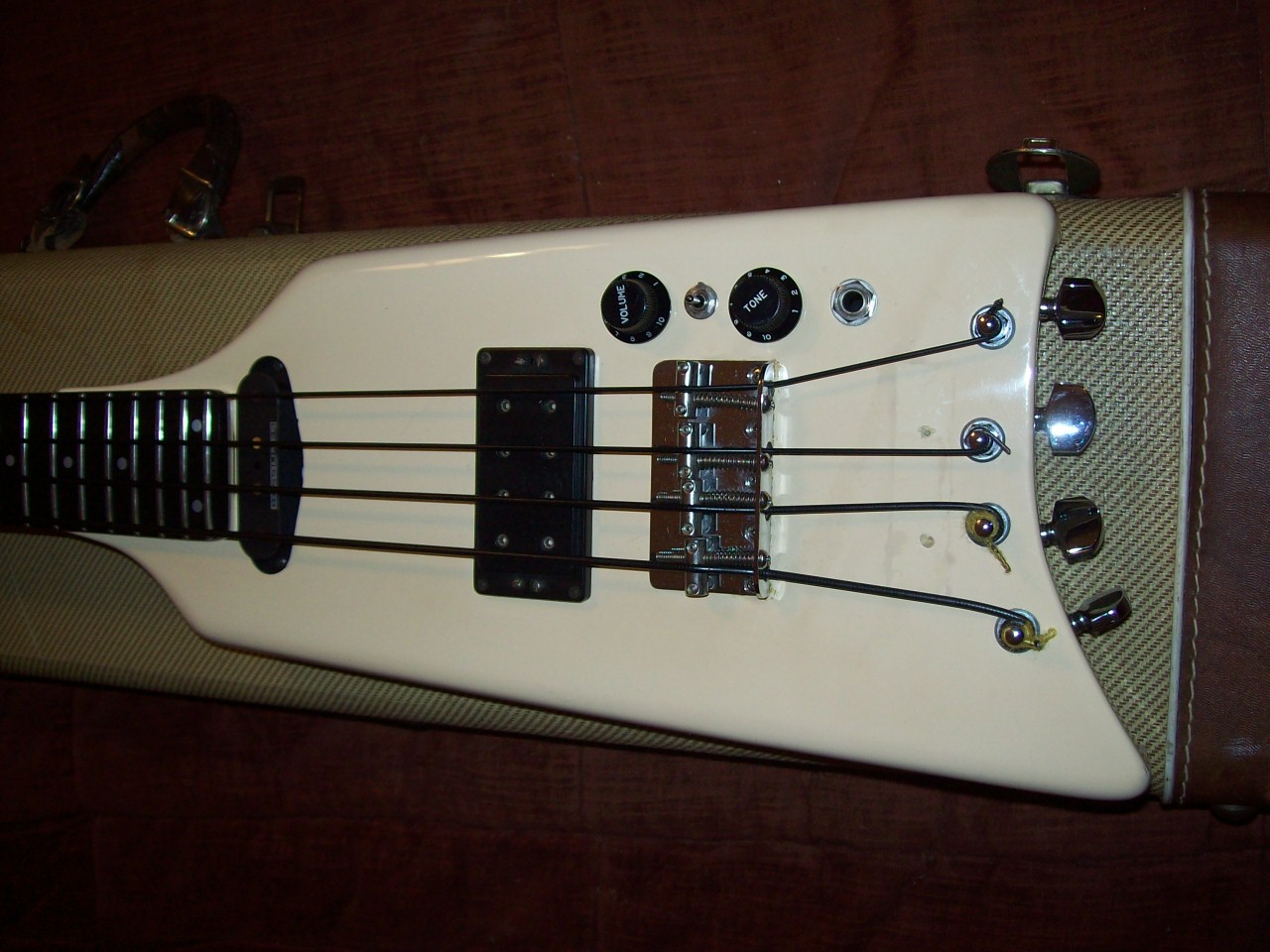
Tidak ada komentar:
Posting Komentar